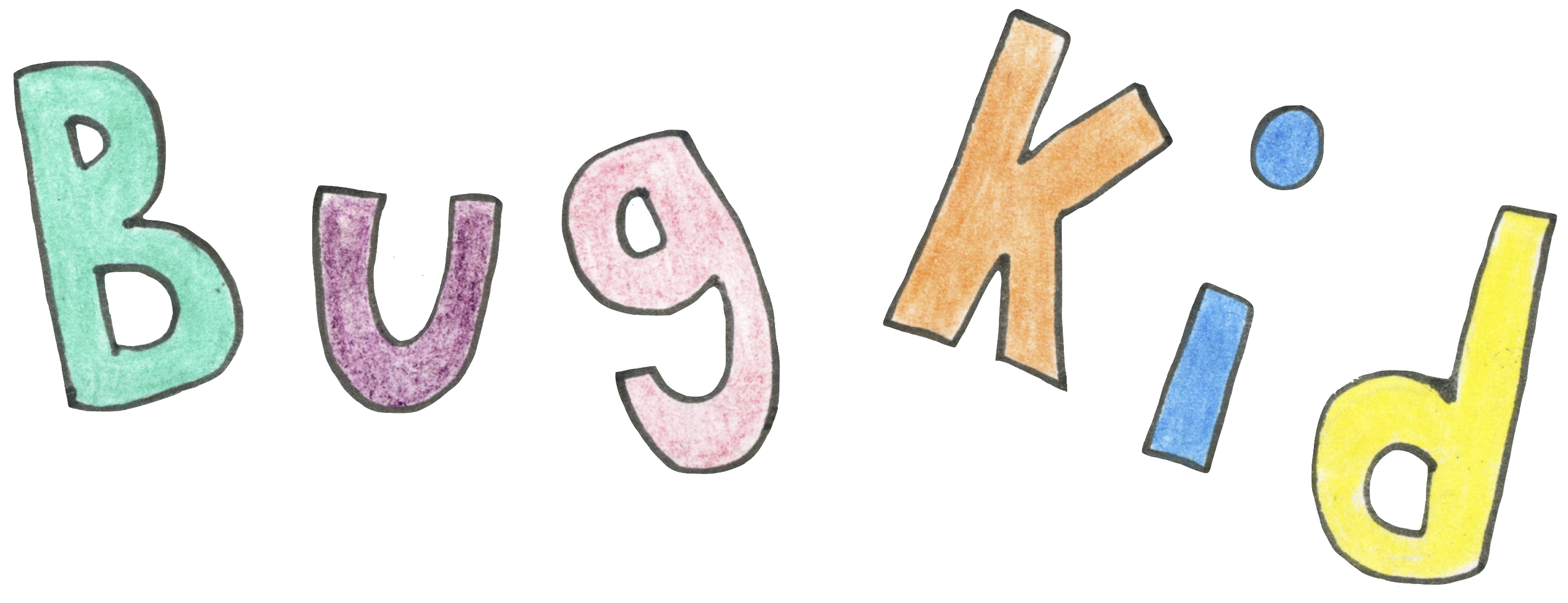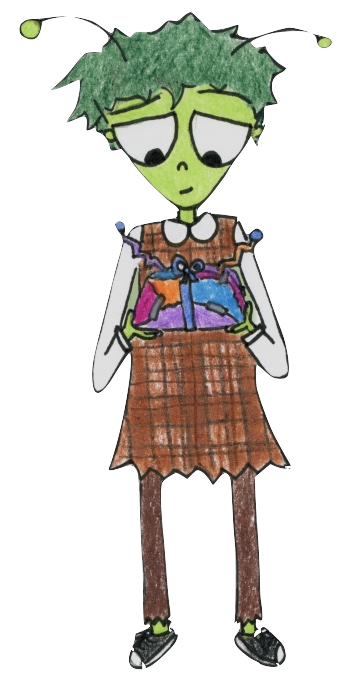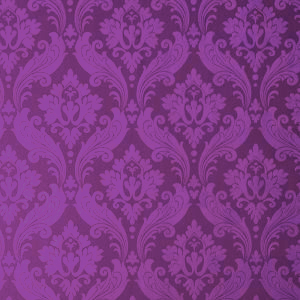The journey from Windows 98's iconic interface to today's design paradigms offers fascinating insights into the evolution of human-computer interaction and visual aesthetics.
The Skeuomorphic Beginnings
Windows 98 embraced skeuomorphism—digital elements designed to resemble their real-world counterparts. The recessed buttons, chunky title bars, and beveled edges all mimicked physical objects to help users understand digital interactions.
This approach was necessary at a time when many users were new to computing. The familiar visual cues helped bridge the gap between physical and digital experiences.
The Flat Design Revolution
By the 2010s, as users became more digitally native, Microsoft and others embraced flat design. Windows 8 and 10 stripped away bevels, gradients, and shadows in favor of clean, minimal interfaces.
This shift wasn't merely aesthetic—it reflected a fundamental change in user expectations. People no longer needed visual cues to understand that a button was clickable; they had internalized these conventions.
The Neumorphism Experiment
Recent years have seen experimentation with neumorphism—a style that combines flat design with subtle, realistic shadows to create the impression that elements are extruded from the background material.
This represents a interesting middle ground between skeuomorphism and flat design, offering depth without excessive ornamentation.
The Retro Revival
Perhaps most interestingly, we're now seeing deliberate revivals of Windows 98-era aesthetics. Designers are rediscovering the charm of clearly defined buttons, expressive icons, and playful interfaces.
This isn't merely nostalgia—it's a recognition that some of these design patterns offered excellent usability. High-contrast elements, clear boundaries, and distinctive interactive elements can improve accessibility and user experience.
The Future: Hybrid Approaches
The future of UI design likely isn't a single paradigm but thoughtful hybridization. Modern interfaces are increasingly incorporating:
- Selective skeuomorphism for important interactive elements
- Flat design for content-focused areas
- Playful retro elements that evoke emotion and personality
- Adaptive interfaces that change based on user expertise
By understanding this evolution, designers can make informed choices about which historical elements deserve revival and which are best left in the past.




